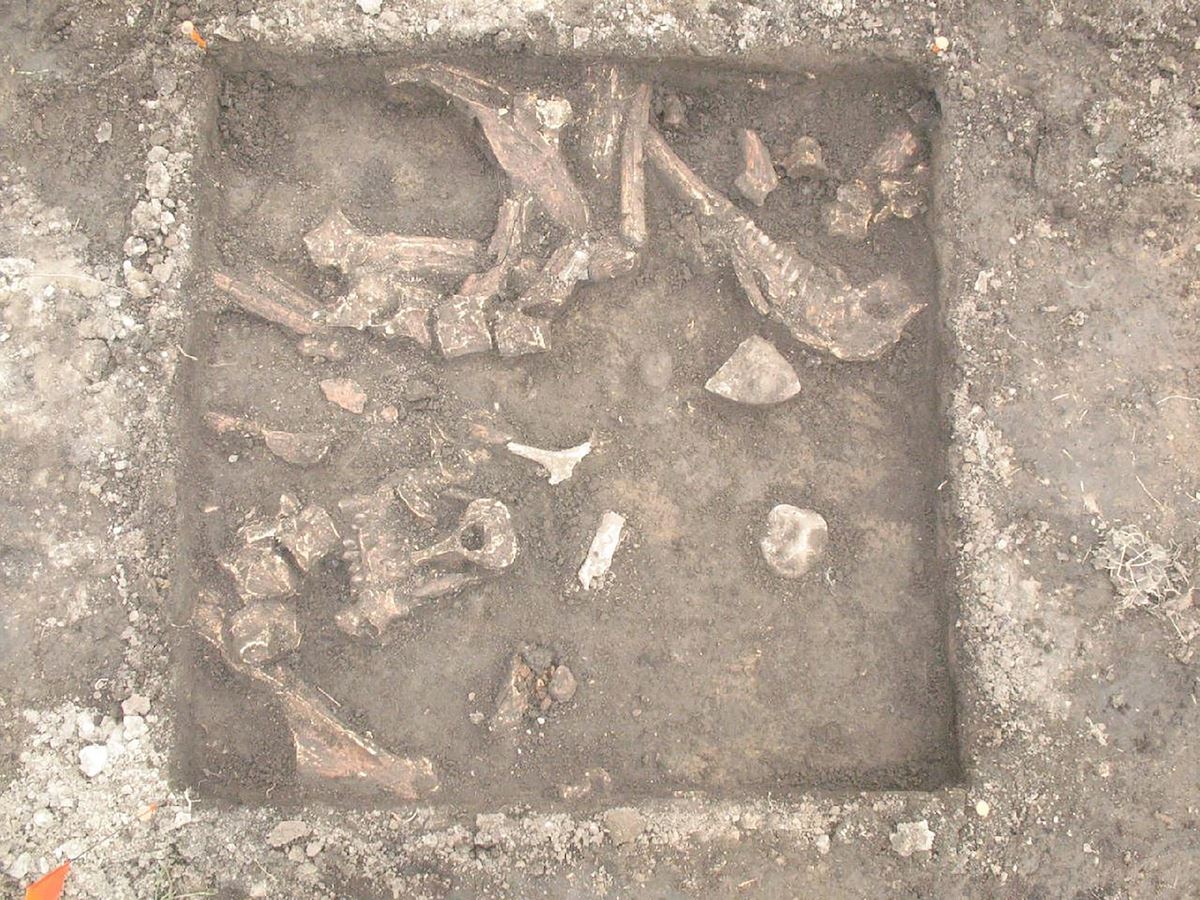
By Kevin Adams, SRRTF President
Did you know that the Verde Valley has provided shelter and sustenance to human cultures for thousands of years? When the first white settlers arrived in the Verde Valley in 19th century, they discovered the remains of ancient cultures, the largest of which are now protected as National Monuments. But large numbers of major and minor archaeology sites dot the landscape and remain unprotected and, in many cases, undocumented. These sites are protected by Federal law.
Typically, when the Red Rock Ranger District wants to do a construction project (e.g., build a new trail), the District’s archaeologist must determine how to protect Native American archeological sites and historic properties. This may require surveying the project area and then consulting with the State Historic Preservation Office on the findings.
To plan for a slate of proposed new trails in 2024, the Forest Service asked the Sedona Red Rock Trail Fund to help fund the $157,000 cost for the legally requisite archaeological surveys. The organization successfully raised the full amount through SRRTF supporters.
The Trail Fund then worked with forest archaeologists to contract with the firm Tetra Tech to conduct the surveys. The results, expected in August, will be used to protect cultural sites from trail construction impacts.
To bring this work to life, we asked Tetra Tech’s archaeologist Katheryn “Kat” Turney a few questions.
What it’s like to perform these surveys? “It is exhilarating, exhausting, completely all-encompassing and engrossing. It can be sunny or raining, hot or cold and most archaeologists will still enjoy survey. Let’s face it, it’s not a job, it is a life’s work and done with heart and a passion for those who came before us. We always want to know more, see more, experience more. It is a life of adventure.”
What’s the most interesting thing you found during one of these surveys? “An intact floor in a cliff dwelling. It was if the people living there had just walked away yesterday. Doug Mitchell, my co-worker, had an interesting find while on an excavation in Calgary, Alberta. They were excavating a large buffalo kill. They had a 1 meter x 1 meter unit open and were cleaning up a vertebral column for photos. While working between two of the cervical, he heard a “click” on his trowel. He extracted what turned out to be a quartz crystal corner-notched projectile point. They later dated the bone bed to 8200 BC.”

What was the strangest thing found during these surveys? “Fifteen office chairs, complete with wheels, each spaced out about 50 ft. apart, a dismembered baby doll, seven left shoes from different sized feet, a fish grave complete with aquarium set-up, and lots of golf balls in very remote places.” Makes you wonder what future archaeologist will think of our time.
What should a lay person understand about your work? “Well, the obvious thing would be to say that we don’t do dinosaurs…but also that there is more to archaeology than just excavation. We survey, we monitor at construction sites, and most of us spend more time in the office or the lab writing reports, researching and conducting artifact analysis than we do in the field.”
Anything else? “We really dislike stacked rocks. It’s bad for the environment, messes with what is and is not a trail, and…. well, it irritates the crap out of us. Plain and simple, please don’t stack the rocks! If by chance you are lucky enough to find an artifact in the field, please take all the pictures you want and then leave it where you found it. An artifact out of context is not helpful to the archaeological record. Oh, and if you find something interesting, call me!”
You can learn more about the human history Verde Valley at the Verde Valley Archaeology Center and Museum in Camp Verde.